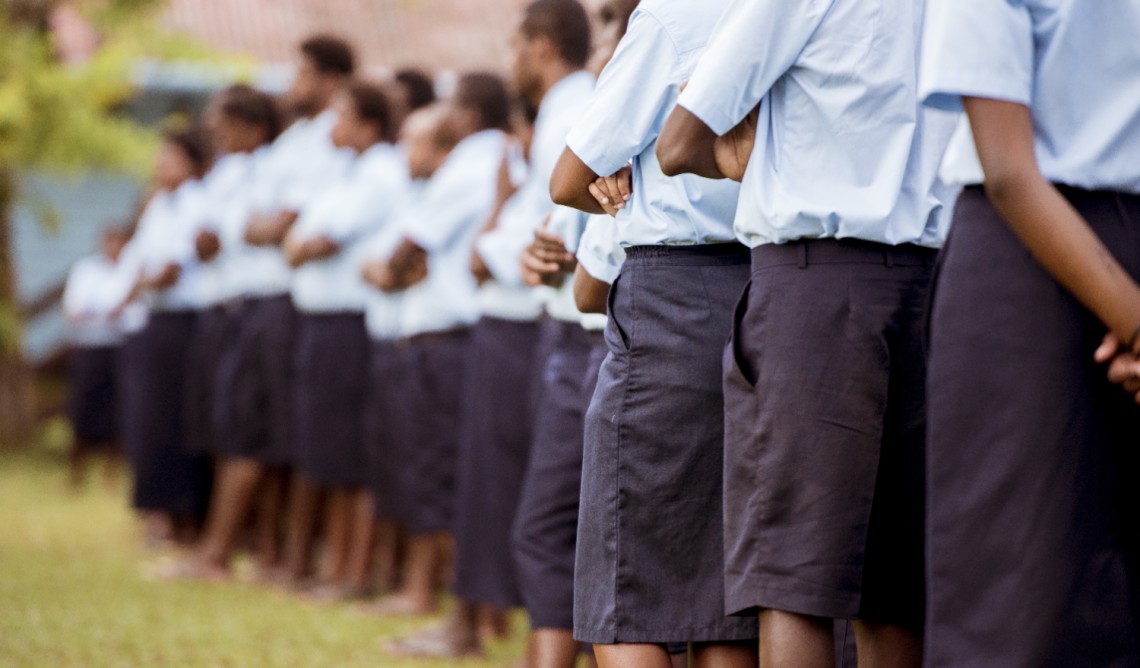Children are our future, and ensuring their health and well-being is a top priority. A critical
component of this is providing access to safe and clean drinking water in schools and daycare
centres. While it may seem like a basic necessity, the reality is that many educational institutions face
challenges in maintaining optimal water quality.
This blog post delves into the importance of regular drinking water testing in schools, highlighting the
unique vulnerabilities and the steps we can take to safeguard our children's health.
Why Schools Need Special Attention: :
Schools present unique challenges when it comes to water safety:
- Aging Infrastructure: Many schools, especially older buildings, have aging plumbing systems
that may contain lead pipes or fixtures. Lead can leach into drinking water, posing serious
health risks to children, including developmental delays and learning difficulties.
- High Water Usage: With hundreds or even thousands of students using water fountains and
sinks daily, schools experience high water demand, which can strain the plumbing system
and increase the risk of contamination.
- Seasonal Variations: Periods of low water usage, such as summer breaks, can lead to
stagnant water in pipes, increasing the risk of bacterial growth and contamination.
- Vulnerable Population: Children are particularly susceptible to the effects of waterborne
contaminants due to their developing bodies and immune systems.
The Threats to Water Quality in Schools:
Several contaminants can pose risks to children's health in schools:
- Lead: As mentioned earlier, lead contamination from aging pipes is a serious concern. Even
low levels of lead exposure can have detrimental effects on children's health.
- Bacteria and Viruses: Waterborne pathogens, such as coliform bacteria and norovirus, can
cause gastrointestinal illnesses, leading to absenteeism and disruptions in learning.
- Chlorine Byproducts: While chlorine is essential for disinfecting water, it can react with
organic matter to form byproducts that may have long-term health implications.
- Other Contaminants: Depending on the local water source and the condition of the
plumbing system, schools may also face challenges with contaminants like nitrates,
pesticides, or even microplastics.
Protecting Our Children: A Multi-pronged Approach
Ensuring safe drinking water in schools requires a comprehensive strategy:
1. Regular Water Testing:
- Frequency:
Schools should conduct regular water testing, at least annually, for a range of
contaminants, including lead, bacteria, and chlorine byproducts. More frequent testing may
be necessary if there is a history of contamination or concerns about the plumbing system.
- Comprehensive Analysis:
Consider periodic comprehensive water quality testing to assess a
wider range of potential contaminants and identify any emerging threats.
2. Lead Mitigation:
- Testing and Remediation: Schools should proactively test for lead in drinking water and take
steps to remediate any lead contamination, such as replacing lead pipes or installing filtration
systems.
- Flushing:
Encourage regular flushing of water fountains and faucets, especially after periods
of low usage, to reduce the risk of lead buildup in stagnant water.
3. Water Fountain Maintenance:
- Regular Cleaning and Sanitization:
Implement a strict cleaning and sanitization schedule for
water fountains to prevent bacterial growth and contamination.
- Filter Replacement:
Ensure timely replacement of filters in water fountains to maintain
optimal water quality.
4. Education and Awareness
- Student Education:
Teach students about the importance of safe drinking water and
encourage them to report any concerns about water quality or water fountain malfunctions.
- Stiff Training:
Train school staff on proper water fountain maintenance, hygiene practices,
and protocols for responding to water quality issues.
5. Collaboration and resources:
- Water Supplier Partnerships:
Work closely with local water suppliers to address any water
quality concerns and ensure compliance with regulations.
- Government Programs:
Utilize resources and support from government programs focused on improving water quality in schools, such as the EPA's "3Ts for Reducing Lead in Drinking
Water in Schools" program.
Investing in Our Future:
By prioritizing drinking water testing and implementing comprehensive water safety measures, we
can create a healthy and nurturing learning environment for our children. Safeguarding our schools is
an investment in our future, ensuring that every child has access to the clean, safe water they need
to thrive.
